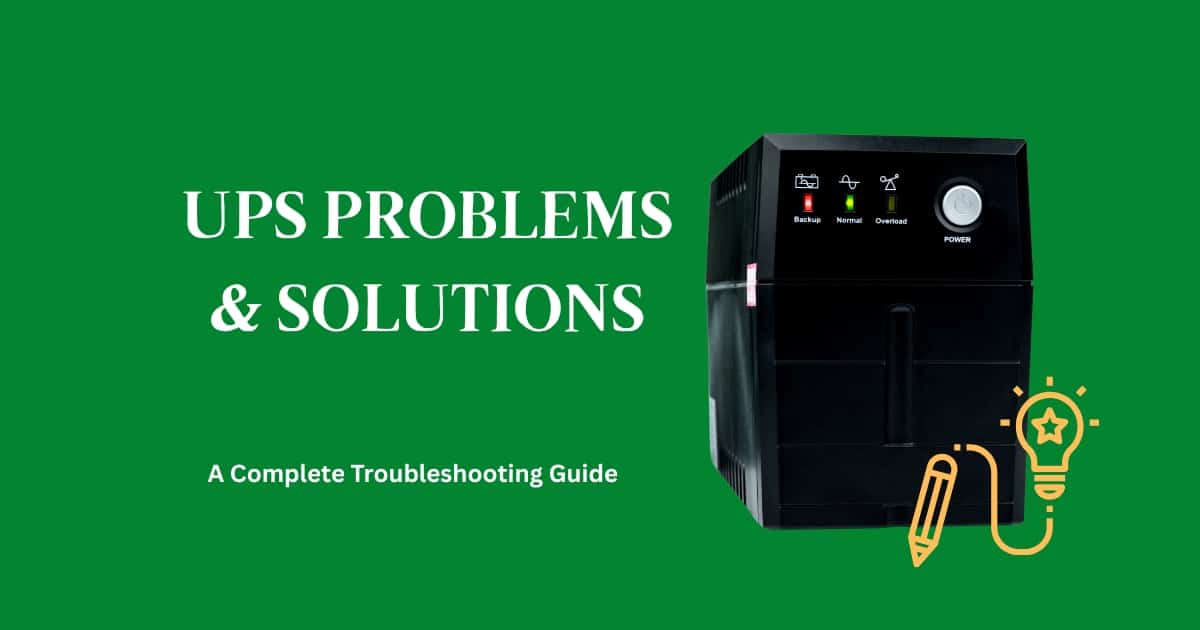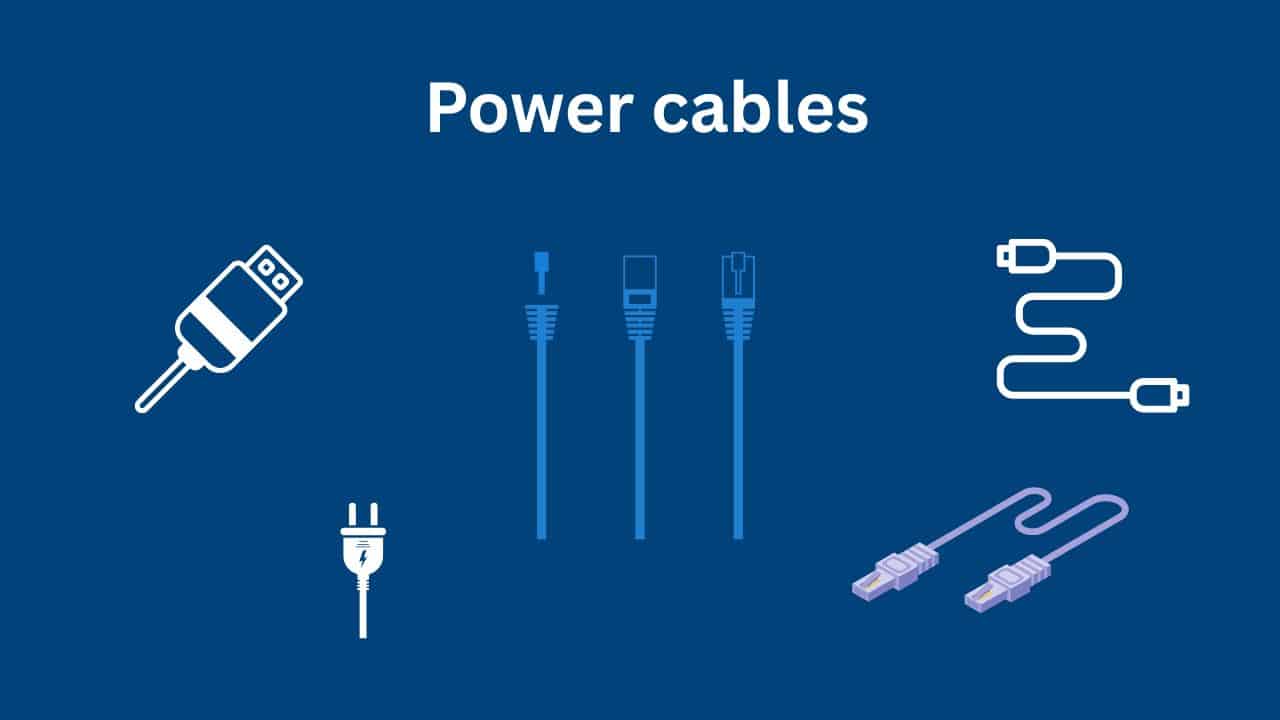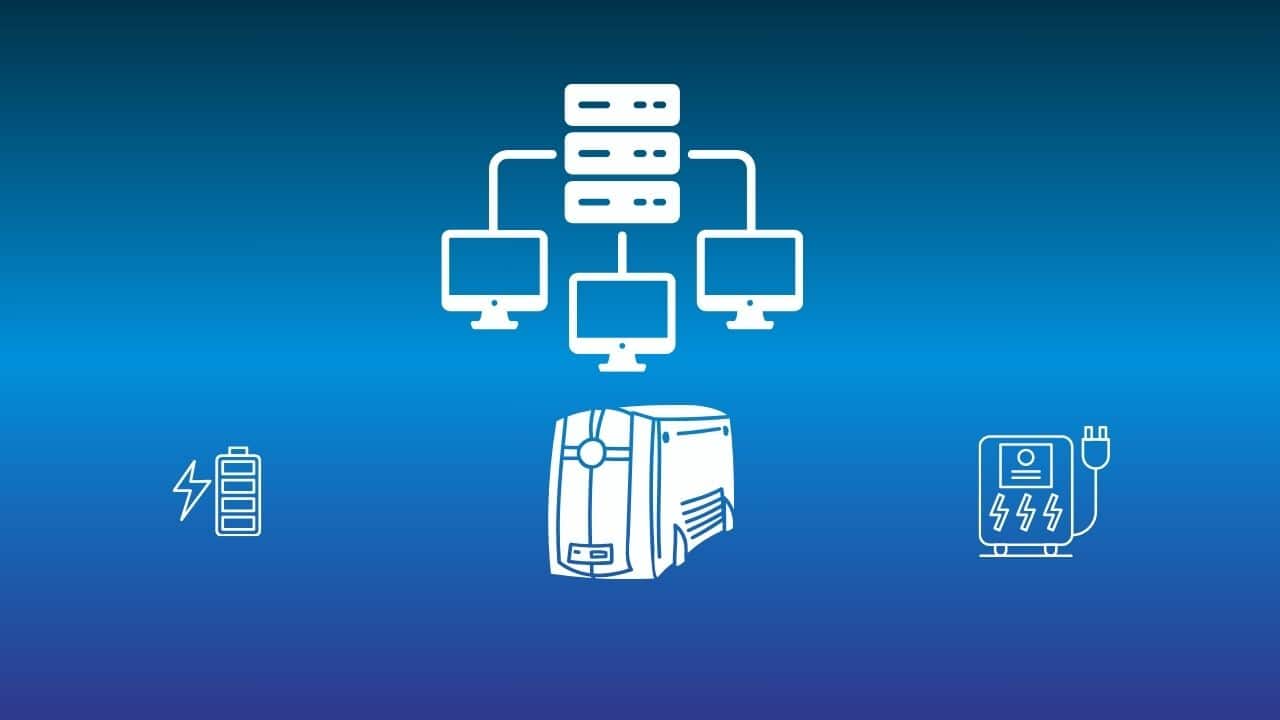
What is UPS?
A UPS (Uninterruptible Power Supply) is an electrical device that provides backup power to your equipment when the main power supply fails or fluctuates. It acts like a temporary battery backup for computers, servers, routers, or other sensitive devices.
Facing issues with your UPS? Discover the most common UPS problems and advanced solutions with our complete step-by-step troubleshooting guide to keep your system running smoothly.
UPS Problems and Solutions:
🔧 i). UPS not turning on
🔍 Possible causes:
- No AC input power
- Faulty power cord
- Internal fuse blown
- Battery damaged
✅ Solution:
- Test the power socket with another device.
- Try using a different power cable.
- Reset the UPS or check the fuse (if applicable).
- Check the battery connection

🔋 ii). UPS not charging or battery draining quickly
🔍 Possible causes:
- Battery running low
- Battery connection loose
- UPS overloading
- Charger circuit failure
✅ Solution:
- Replace the battery (usually needed after 2-3 years).
- Open the UPS and check the battery terminals for corrosion or loose wires.
- Reduce the number of connected devices.
- Check charging circuit, if damage call a technician.

⚠️ iii). UPS Continuous Beep
🔍 Possible Causes:
- Overload Warning
- Battery Failure
- Internal Error
- Fan or Cooling Problem
✅ Solution:
- Disconnect some devices and restart the UPS.
- Check the LED or screen error code (if available).
- If the unit is overheating, ensure proper ventilation.
- Long continuous beeps often indicate the need to replace the battery.
🔌 iv). UPS shuts down during power outage
🔍 Possible causes:
- Dead or weak battery
- Inverter failure
- Overload shutdown
✅ Solution:
- Test the UPS with minimum load during power outage.
- Replace the battery if the backup is too low.
- Have a technician check the internal inverter board.
🔄 v). UPS is stuck on bypass
🔍 Possible causes:
- Circuit board problem
- Firmware problem
- Internal relay is stuck
✅ Solution:
- Manually reset the UPS.
- Disconnect all devices, turn off, then turn on again.
- If the problem persists, contact the service center.
🔇 vi). Noisy UPS or unusual noises
🔍 Possible causes:
- Faulty fan
- Coil odor
- Capacitor problem
✅ Solution:
- Clean or replace the fan.
- Open the case and check for dust accumulation.
- Listen for a buzzing sound—could indicate a capacitor failure.
Warning: High-pitched noise or burning smell should be addressed immediately—turn off the UPS and unplug.
💻 vii). UPS software not detecting UPS
🔍 Possible causes:
- USB cable not working
- Driver not installed
- Compatibility issue
✅ Solution:
- Try a different USB port or cable.
- Reinstall the UPS management software.
- Check OS compatibility (some older UPSs do not support the latest Windows/macOS versions).
⚙️ viii). Advanced Troubleshooting / UPS problems (For Technicians Only)
🔍 Situation:
- Inverter board failure
- Relay switching problem
- Transformer overheating
- Microcontroller not responding
✅ Solution:
- Use an oscilloscope/multimeter to check the waveform.
- Replace any damaged MOSFETs, capacitors, or ICs on the board.
- If the flash firmware is corrupted (for Smart UPS).
- Always wear anti-static protection when repairing the board.
⇒ UPS problems and Solution chart:
| Problem | Possible Causes | Solutions |
|---|---|---|
| UPS Not Powering On | No input power, faulty cord, blown fuse, dead battery | Check power cord, replace fuse/battery, test input source |
| UPS Beeping Continuously | Overload, low battery, internal fault | Reduce load, replace battery, check UPS manual for beep codes |
| UPS Not Charging | Battery at end of life, bad charger circuit | Replace battery, check internal charger board |
| Battery Draining Too Quickly | Old battery, excessive load | Reduce load, install new battery |
| Output Power Fluctuates | Voltage instability, bad AVR | Use Online UPS, service AVR (Automatic Voltage Regulator) |
| Frequent Switching to Battery Mode | Poor mains supply, sensitivity setting too high | Stabilize input power, adjust sensitivity settings |
| UPS Overheating | Blocked vents, high ambient temperature | Clean vents, improve ventilation, move to a cooler location |
| No Communication with PC/Software | USB or serial cable issue, driver problem | Reconnect cable, reinstall monitoring software/drivers |
| UPS Randomly Shuts Down | Firmware bug, battery failure, overload | Update firmware, check battery, reduce load |
| UPS Makes Clicking Noise | Relay switching, internal damage | Normal in some cases; if frequent, get unit checked by technician |
| Display Not Working | Dead screen, loose internal connection | Service required to repair or replace display unit |
| Burning Smell from UPS | Short circuit, capacitor failure, internal damage | Turn off immediately, do not use, seek professional service |
🛠️ Preventive Maintenance Tips of UPS problems :
- Clean your UPS every 3-6 months to avoid ups problems.
- Do not store the UPS in a humid or enclosed environment.
- Replace the battery every 2-3 years, even if it seems fine.
- Use a surge protector before the UPS input for extra protection.
- Test the UPS regularly
📌 Final Words
UPS devices are lifesavers for your electronics. Knowing how to deal with basic and advanced UPS problems can save you time, money, and data. Always start with simple tests before embarking on more in-depth repairs. And when in doubt, consult a professional.
⇒ FAQ:
❓1. How often should I replace UPS batteries?
Usually every 2 to 3 years depending on usage, temperature, and brand. Most UPS units alert you when the battery needs to be replaced. It is simple UPS problems and solution.
❓2. Can I use a UPS with a generator?
Yes, but the generator must produce a stable voltage. For better compatibility and protection, use a line-interactive or online UPS.
❓3. Why does my UPS beep repeatedly?
- Beeping can indicate:
- Low battery
- Overload
- Fault condition
- Battery replacement required
- Refer to your UPS manual for the exact beep code.
❓4. What happens if the UPS battery dies?
A UPS will not provide backup during a power outage. You will need to replace the battery to restore functionality.
❓5. Does a UPS protect against lightning strikes?
A UPS can help with minor voltage surges, but for protection against lightning strikes, use a dedicated surge protector or lightning arrestor before the UPS.





